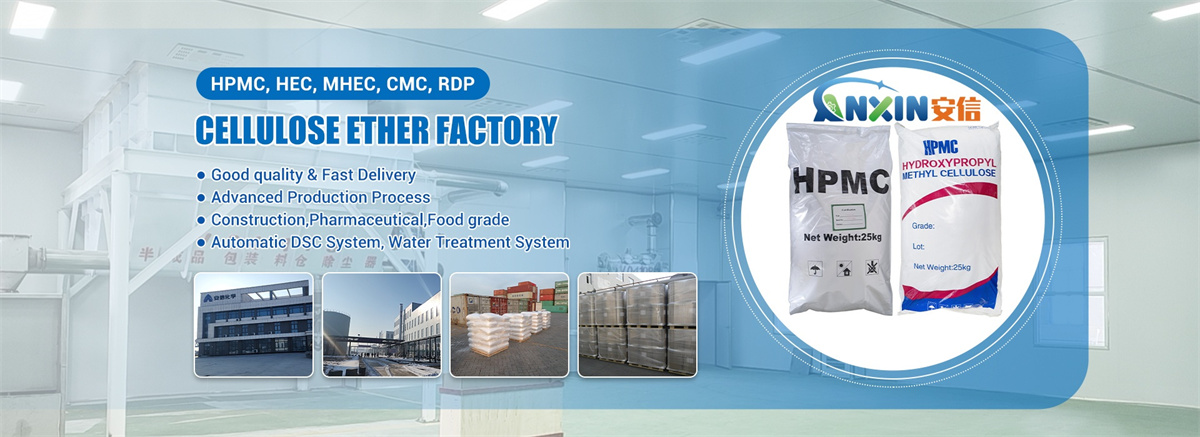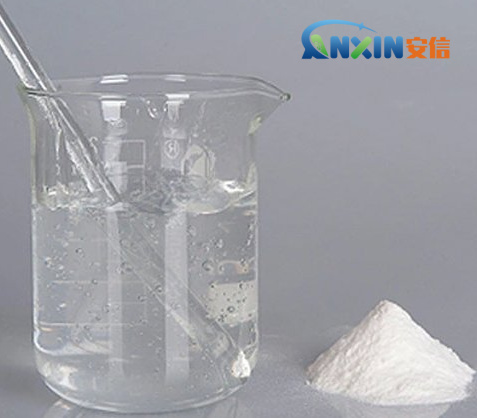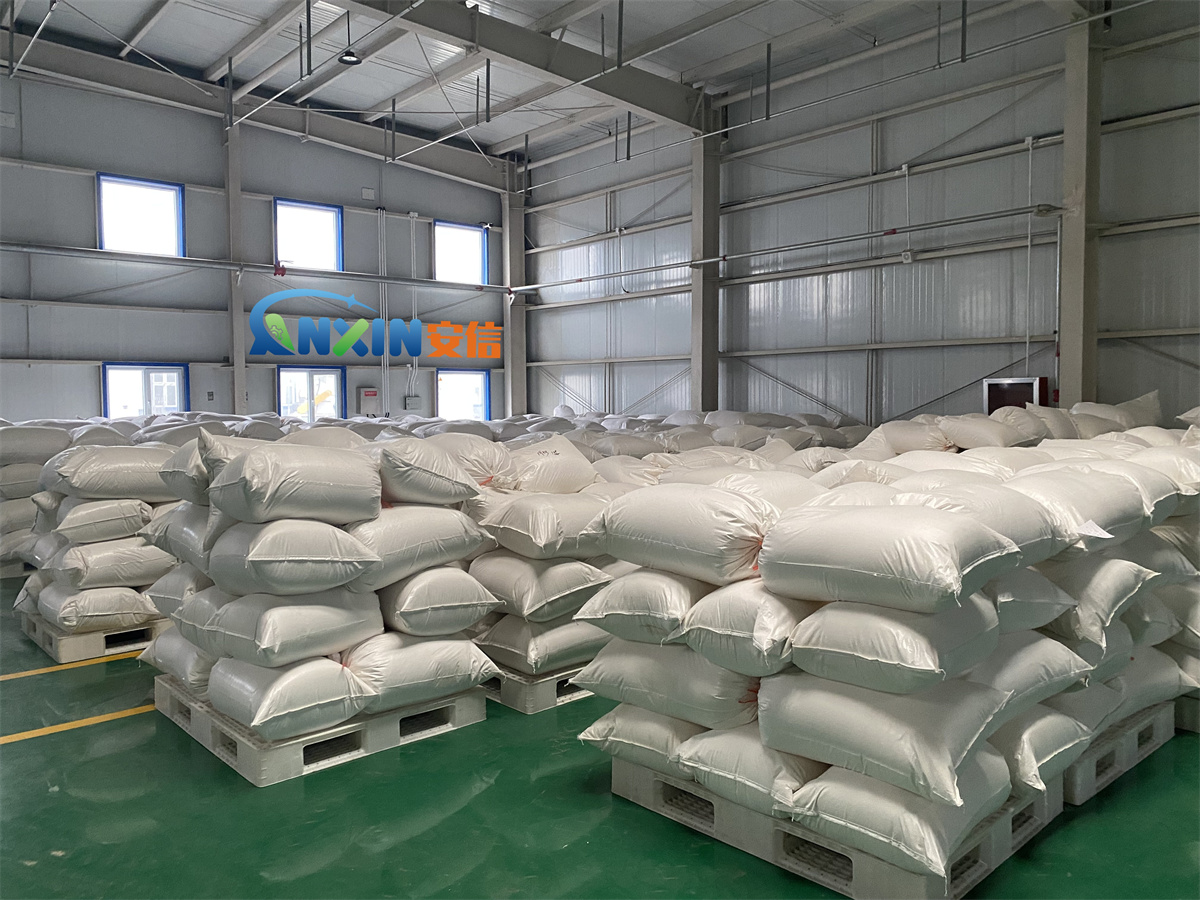Hydroxypropyl Methylcellulose (HPMC) is a water-soluble polymer commonly used in pharmaceutical, food, cosmetic, and construction industries. The moisture content of HPMC plays a crucial role in its processing and stability. It affects the rheological properties, solubility, and shelf life of the material. Understanding the moisture content is important for its formulation, storage, and end-use application.

Moisture Content of HPMC
The moisture content of AnxinCel®HPMC is generally determined by the process conditions and the specific grade of the polymer used. The moisture content can vary depending on the raw material, storage conditions, and the drying process. It is usually expressed as a percentage of the weight of the sample before and after drying. For industrial applications, the moisture content is critical, as excessive moisture can lead to degradation, clumping, or reduced performance of HPMC.
The moisture content of HPMC can range from 5% to 12%, though the typical range is between 7% and 10%. The moisture content can be determined by drying a sample at a specific temperature (e.g., 105°C) until it reaches a constant weight. The difference in weight before and after drying represents the moisture content.
Factors Affecting Moisture Content in HPMC
Several factors can influence the moisture content of HPMC:
Humidity and Storage Conditions:
High humidity or improper storage conditions can increase the moisture content of HPMC.
HPMC is hygroscopic, meaning it tends to absorb moisture from the surrounding air.
Packaging and sealing of the product can minimize moisture absorption.
Processing Conditions:
The drying temperature and time during manufacturing can impact the final moisture content.
Rapid drying can result in residual moisture, while slow drying may cause more moisture to be retained.
HPMC Grade:
Different grades of HPMC (e.g., low viscosity, medium viscosity, or high viscosity) may have slightly varying moisture contents due to differences in molecular structure and processing.
Supplier Specifications:
Suppliers may provide HPMC with specified moisture content that aligns with industrial standards.
Typical Moisture Content of HPMC by Grade
The moisture content of HPMC varies depending on the grade and the intended use. Here’s a table showing typical moisture content levels for different grades of HPMC.
|
HPMC Grade |
Viscosity (cP) |
Moisture Content (%) |
Applications |
| Low Viscosity HPMC | 5 – 50 | 7 – 10 | Pharmaceuticals (tablets, capsules), cosmetics |
| Medium Viscosity HPMC | 100 – 400 | 8 – 10 | Pharmaceuticals (controlled release), food, adhesives |
| High Viscosity HPMC | 500 – 2000 | 8 – 12 | Construction (cement-based), food (thickening agent) |
| Pharmaceutical HPMC | 100 – 4000 | 7 – 9 | Tablets, capsule coatings, gel formulations |
| Food-Grade HPMC | 50 – 500 | 7 – 10 | Food thickening, emulsification, coatings |
| Construction Grade HPMC | 400 – 10000 | 8 – 12 | Mortar, adhesives, plasters, dry mixes |
Testing and Determination of Moisture Content
There are several standard methods to determine the moisture content of HPMC. The two most common methods are:
Gravimetric Method (Loss on Drying, LOD):
This is the most widely used method for determining moisture content. A known weight of HPMC is placed in a drying oven set at 105°C. After a specified period (typically 2–4 hours), the sample is weighed again. The difference in weight gives the moisture content, which is expressed as a percentage of the initial sample weight.

Karl Fischer Titration:
This method is more accurate than the LOD and involves a chemical reaction that quantifies water content. This method is typically used when precise moisture determination is required.
Impact of Moisture Content on HPMC Properties
The moisture content of AnxinCel®HPMC influences its performance in various applications:
Viscosity: The moisture content can affect the viscosity of HPMC solutions. Higher moisture content can increase viscosity in certain formulations, while lower moisture content may lead to lower viscosity.
Solubility: Excess moisture can lead to agglomeration or reduced solubility of HPMC in water, making it less effective for certain applications, such as controlled release formulations in the pharmaceutical industry.
Stability: HPMC is generally stable in dry conditions, but high moisture content can result in microbial growth or chemical degradation. For this reason, HPMC is typically stored in sealed containers in low-humidity environments.
Moisture Content and Packaging of HPMC
Due to the hygroscopic nature of HPMC, proper packaging is essential to prevent moisture absorption from the atmosphere. HPMC is typically packaged in moisture-proof bags or containers made of materials such as polyethylene or multi-layer laminates to protect it from humidity. The packaging ensures that the moisture content remains within the desired range during storage and transport.
Moisture Content Control in Manufacturing
During the manufacturing of HPMC, it is important to monitor and control the moisture content to maintain product quality. This can be achieved through:
Drying Techniques: HPMC can be dried using hot air, vacuum drying, or rotary dryers. The temperature and duration of drying must be optimized to avoid both under-drying (high moisture content) and over-drying (which may lead to thermal degradation).

Environmental Control: Maintaining a controlled environment with low humidity in the production area is critical. This can involve dehumidifiers, air conditioning, and the use of moisture sensors to monitor the atmospheric conditions during processing.
The moisture content of HPMC typically falls within the range of 7% to 10%, although it can vary depending on the grade, application, and storage conditions. Moisture content is an important parameter that affects the rheological properties, solubility, and stability of AnxinCel®HPMC. Manufacturers and formulators need to carefully control and monitor moisture content to ensure optimal performance in their specific applications.
Post time: Jan-20-2025